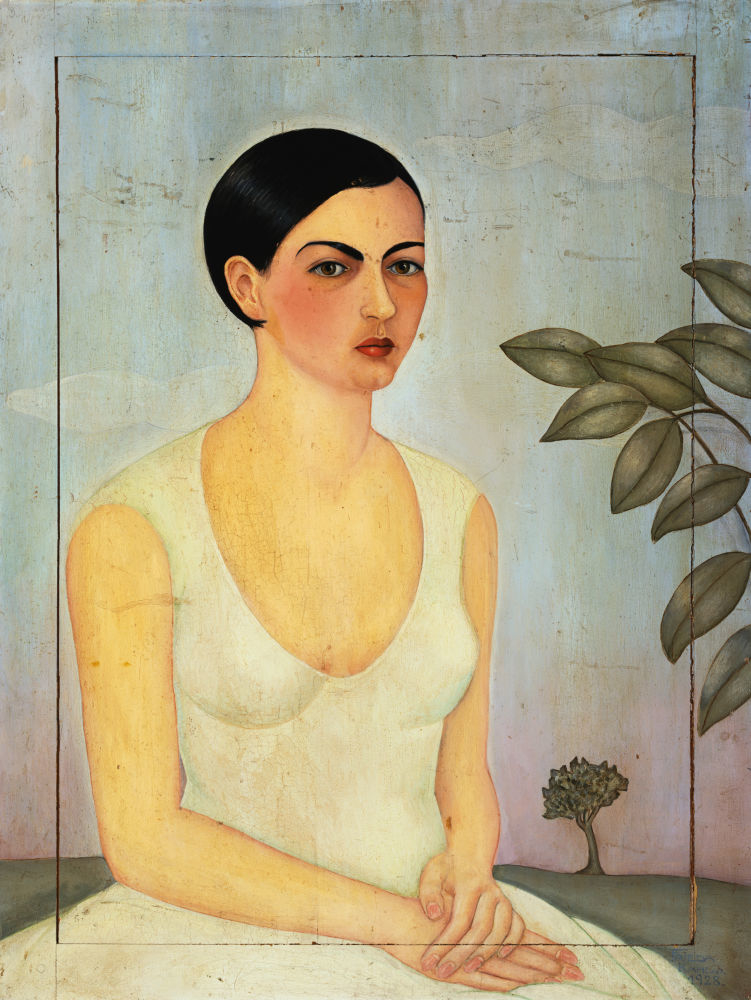Frida Kahlo's given name is Magdalena Carmen Frida Kahlo y Calderón (I included that because I think it's super awesome). She was born July 6, 1907 and died at the young age of 47 on July 13, 1954. She is obviously known as an icon and often painted her own portrait and the portraits of others. She worked in a style that I'm very interested in exploring, folk art. I would love to explore what folk art works with my own heritage and how I can incorporate it into my work. I like the term magical realist for her work. She often painted real life or people surrounded by made up imagery. Her dad was German and her mother was Native American and European decent. She married a muralist, Diego Rivera and during a time where they traveled for his comissions, she found her own way as an artist. She became well-known in America, Mexico, and Europe. Kahlo had a hard childhood, she had polio that effected her health for the rest of her life, had a hard time in school, was bullied, and was even sexually abused by a female teacher. Her father loved her very much and tried hard to make sure she learned about all sorts of subjects and tried hard to help her strengthen her body with exercise (which wasn't really considered an appropriate activity for girls at that time). She was a social and political activist and a feminist - in the most modern sense of the word. She wanted to be a doctor, even though she enjoyed art, but a bus accident changed all that for her. The accident left her bedridden for months and she spent the time painting, most of the time portraits of herself. This accident left her in poor health for the rest of her life. There were so many things that influenced her art and why she painted the way she did. He husband and his political interest, her love of her heritage, her intelligence and education, her desire for equality between men and women, her health, her travels, and so many other things. Something I feel I've learned about myself from studying about Frida is that understanding my identity can go a long way into being authentic in my work. It's something I want to explore - what is truth to me, what resonates inside of me that makes me who I am, what are my values and how do I live them and incorporate them into my daily practices? I don't agree with a lot of the things Frida did in her life from a moral standpoint, but I do have much respect for her and her journey. Her husband was unfaithful to her many times (including with her younger sister, Cristina), her health continued to decline in her thirties and forties, she continued to paint trying different styles and new mediums throughout her life, and she never stopped learning and improving herself.
 |
| Portrait of my sister, Cristina |
Comments
Post a Comment